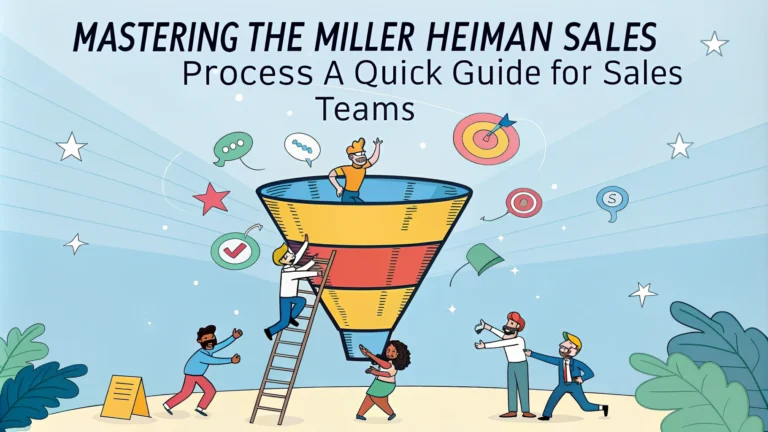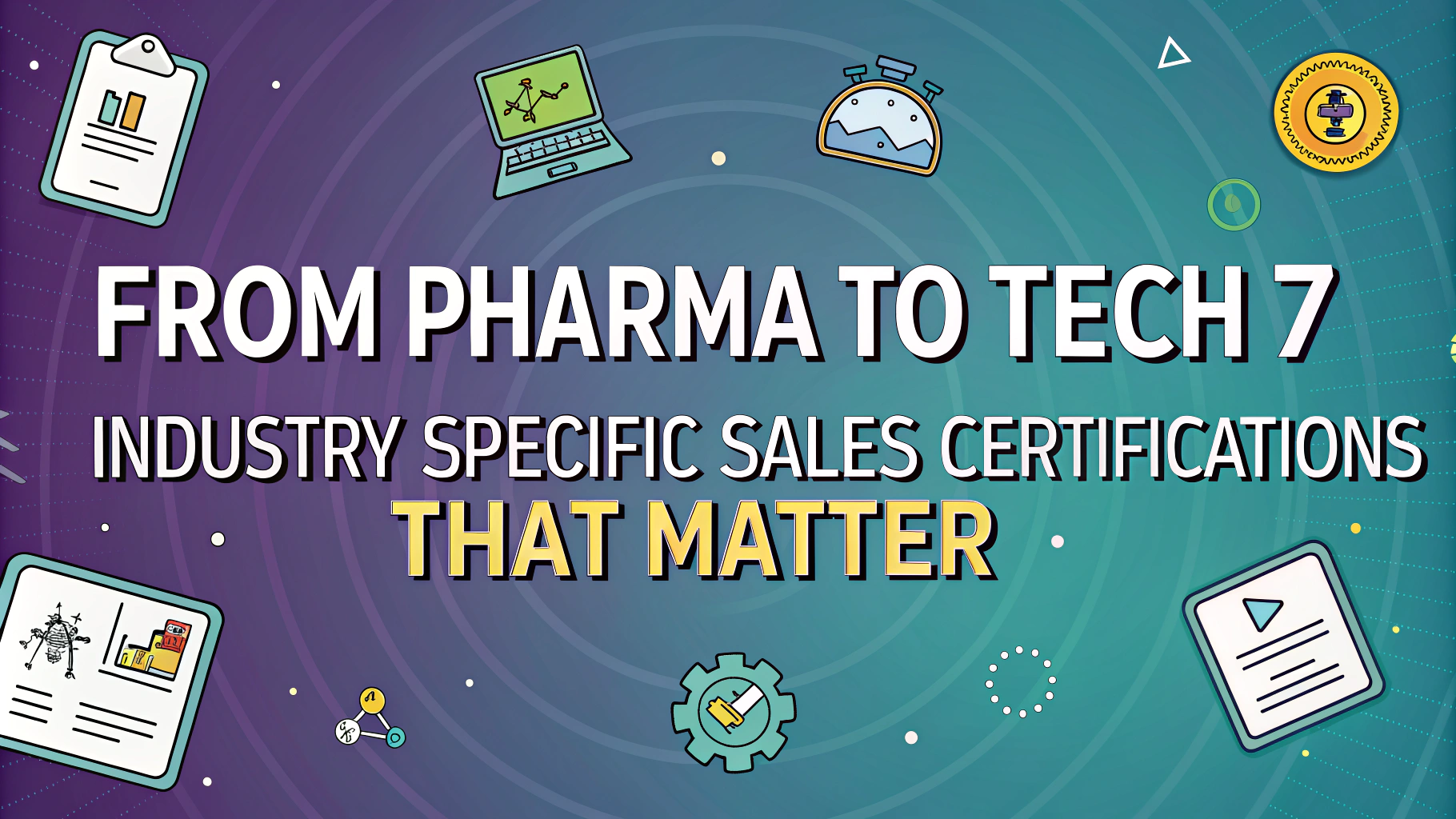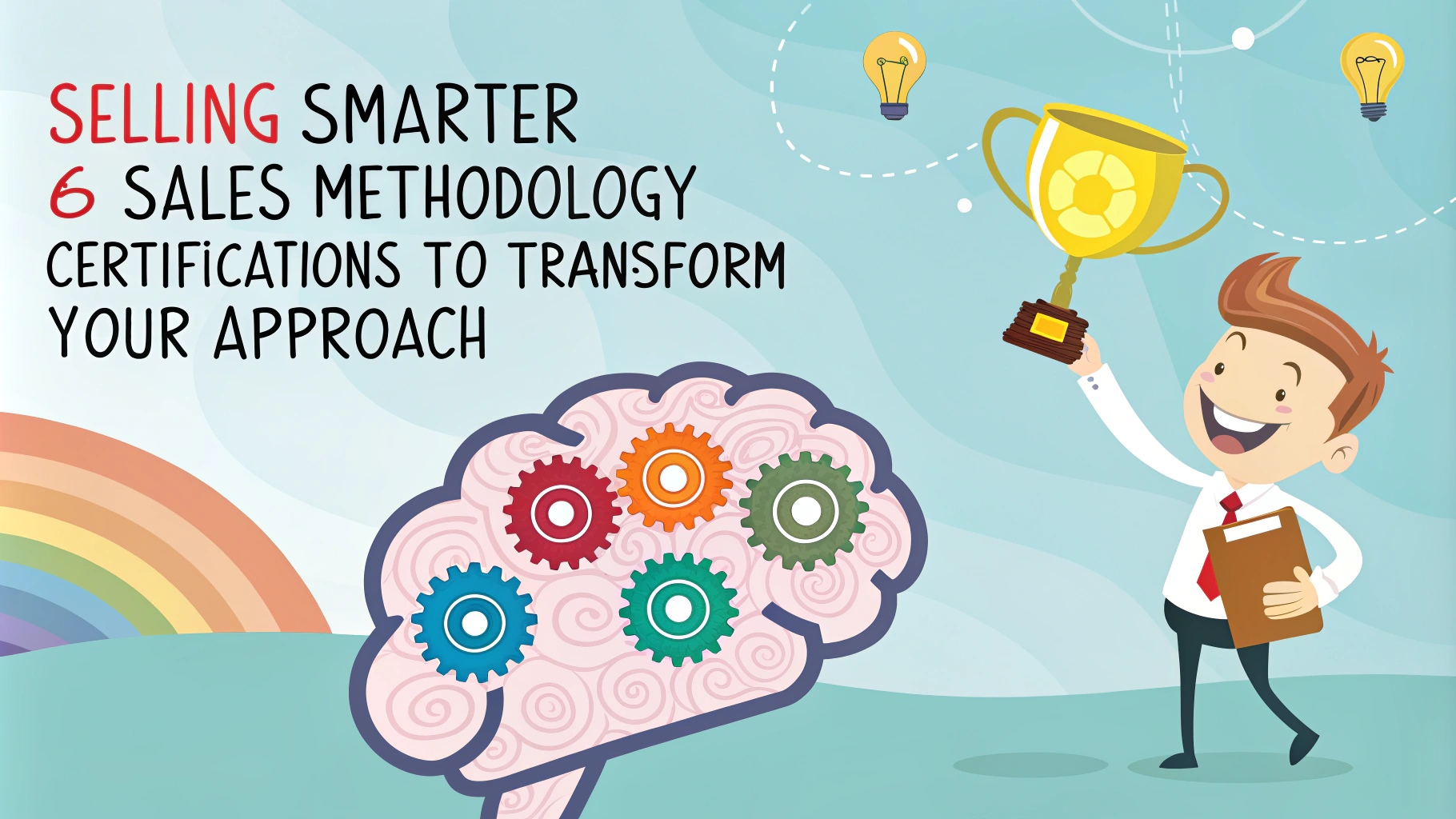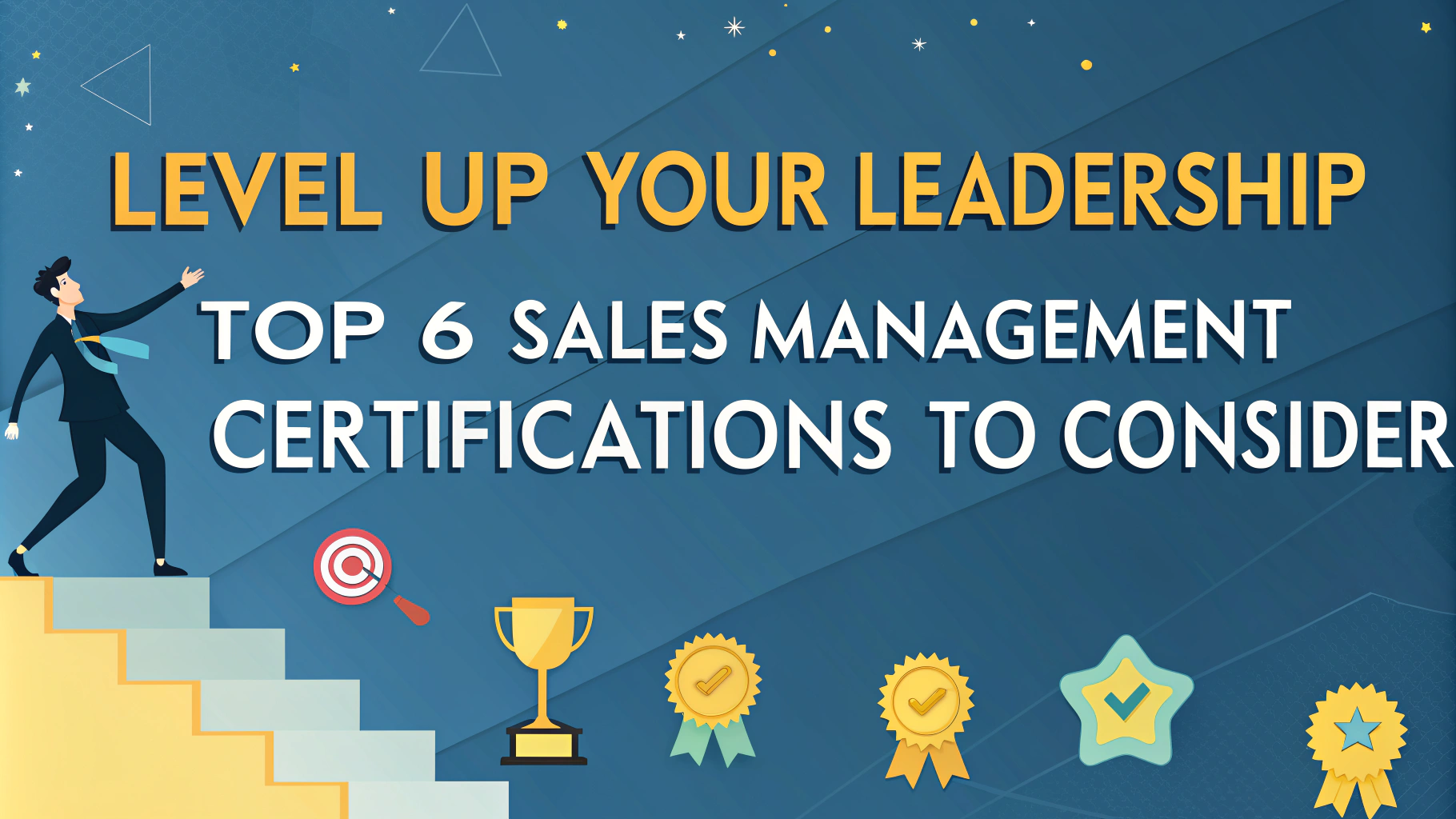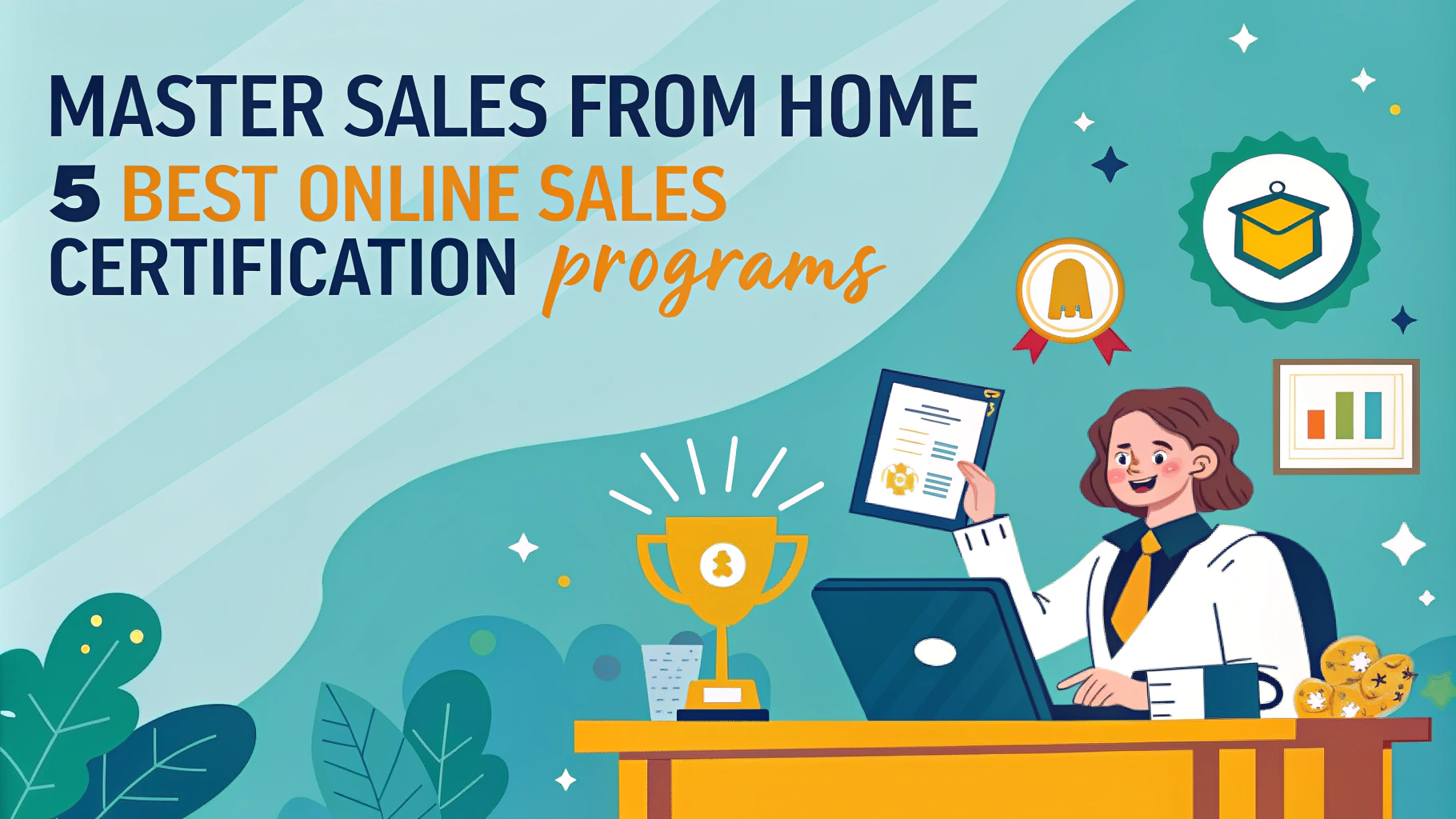The Miller Heiman sales process is a proven methodology that helps sales teams close more deals and build stronger customer relationships. This approach focuses on understanding the customer’s buying process and aligning your sales strategy accordingly.
Key benefits of the Miller Heiman method include:
- Improved win rates
- Shorter sales cycles
- Better forecasting accuracy
- Enhanced customer relationships
By mastering this process, sales professionals can significantly boost their performance and achieve consistent results.
Core Components of the Miller Heiman Approach

The Miller Heiman sales process consists of several interconnected components:
- Strategic Selling: Focuses on complex sales involving multiple decision-makers
- Conceptual Selling: Emphasizes effective communication and information gathering
- Large Account Management Process (LAMP): Targets growth in existing accounts
- Channel Partner Management: Helps manage indirect sales channels
Each component addresses specific aspects of the sales process, providing a comprehensive framework for success.
Implementing the Blue Sheet Strategy

The Blue Sheet is a critical tool in the Miller Heiman methodology. It helps sales teams:
- Identify key players in the buying process
- Assess the current situation
- Determine the best course of action
To effectively use the Blue Sheet:
- Gather relevant information about the account
- Identify decision-makers and their roles
- Assess the competitive landscape
- Determine your position and next steps
Regular updates to the Blue Sheet ensure your strategy remains aligned with the evolving sales situation.
Developing Effective Questioning Techniques
Asking the right questions is essential in the Miller Heiman process. Effective questioning helps:
- Uncover customer needs and pain points
- Identify decision-making criteria
- Build rapport and trust
To improve your questioning skills:
- Prepare a mix of open-ended and closed questions
- Listen actively and ask follow-up questions
- Use the SPIN (Situation, Problem, Implication, Need-payoff) technique
- Practice empathy and show genuine interest in the customer’s responses
Remember, effective questioning is about guiding the conversation rather than interrogating the prospect.
Tailoring Your Approach to Different Decision-Makers
The Miller Heiman method emphasizes the importance of adapting your sales strategy to various decision-makers within an organization. This approach can significantly improve your chances of success.
Identifying Key Players
- Economic Buyer: Has final budget authority
- User Buyer: Will use the product or service
- Technical Buyer: Evaluates technical aspects
- Coach: Supports your efforts internally
Understanding each role helps you tailor your message and address specific concerns.
Customizing Your Pitch
- Research each decision-maker’s background and priorities
- Prepare tailored value propositions for each role
- Use appropriate language and technical depth
- Address role-specific pain points and objectives
This personalized approach demonstrates your understanding of the organization’s needs and builds trust with key stakeholders.
Leveraging the Conceptual Selling Approach
Conceptual Selling focuses on effective communication and information gathering throughout the sales process.
Key Principles
- Understand the customer’s concept of their situation
- Align your solution with their concept
- Create a shared vision of success
This approach helps you build stronger relationships and position your solution more effectively.
Implementing Conceptual Selling
- Conduct thorough pre-call planning
- Use strategic questioning techniques
- Listen actively and confirm understanding
- Summarize key points and agree on next steps
By mastering these techniques, you can guide conversations more effectively and uncover valuable insights.
Maximizing Account Growth with LAMP
The Large Account Management Process (LAMP) focuses on expanding relationships with existing clients.
LAMP Objectives
- Protect and grow key accounts
- Identify new opportunities within accounts
- Improve customer satisfaction and loyalty
LAMP helps sales teams develop long-term, strategic partnerships with their most valuable clients.
Implementing LAMP
- Conduct a comprehensive account review
- Identify growth opportunities and potential threats
- Develop a strategic account plan
- Align internal resources to support the plan
- Regularly monitor progress and adjust as needed
By applying LAMP principles, you can unlock new revenue streams and solidify your position as a trusted advisor.
Conclusion: Mastering the Miller Heiman Sales Process
The Miller Heiman sales methodology offers a comprehensive framework for improving sales performance and building stronger customer relationships.
Key takeaways include:
- Use the Blue Sheet to strategically analyze opportunities
- Develop effective questioning techniques
- Tailor your approach to different decision-makers
- Apply Conceptual Selling principles for better communication
- Leverage LAMP to grow existing accounts
By consistently applying these principles, sales teams can achieve better results and drive sustainable growth for their organizations.
Remember that mastering the Miller Heiman process takes time and practice. Encourage your team to:
- Regularly review and update their Blue Sheets
- Practice questioning techniques in role-play scenarios
- Share success stories and best practices
- Continuously refine their approach based on feedback and results
With dedication and consistent application, the Miller Heiman sales process can become a powerful tool for driving sales success and building lasting customer relationships.

